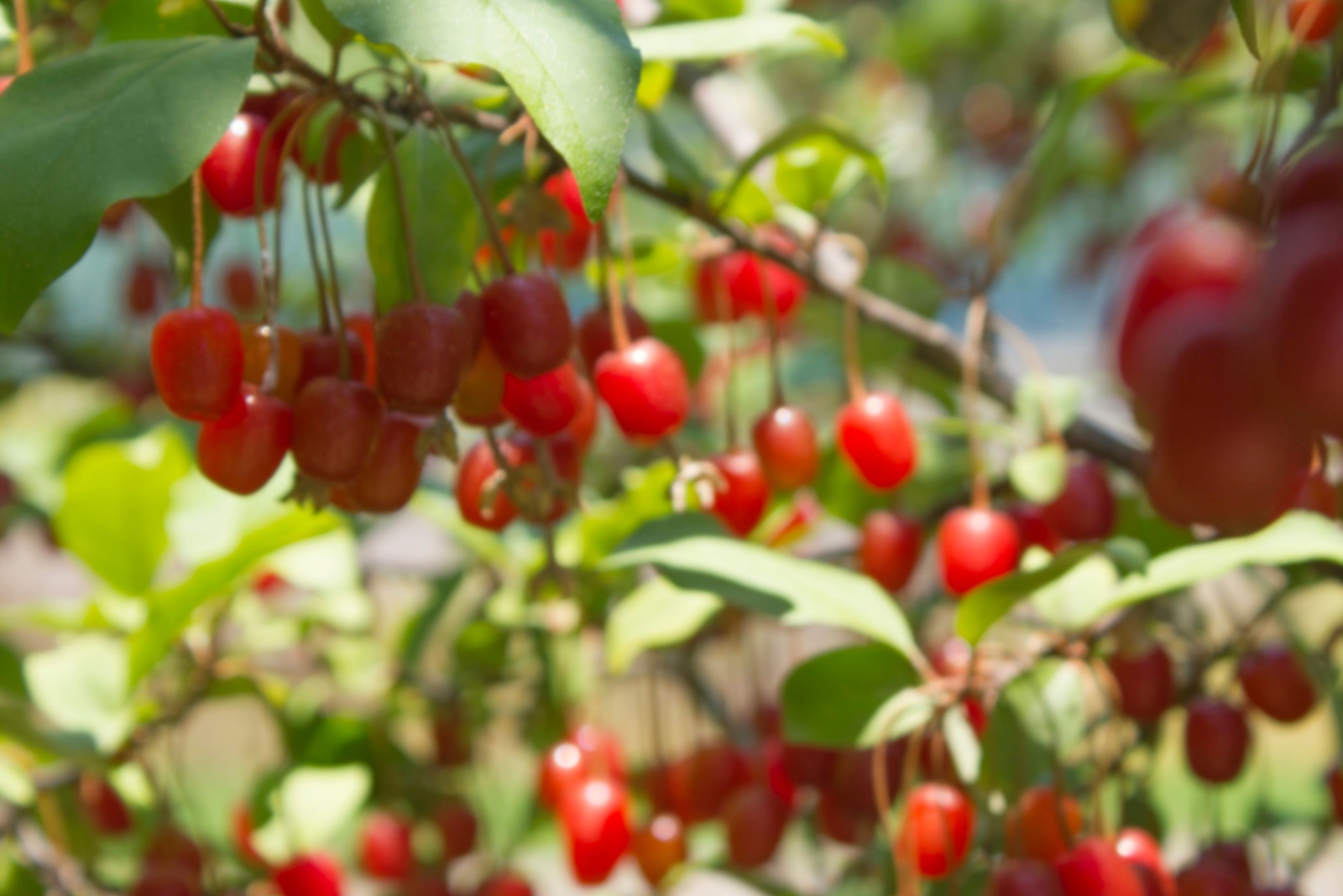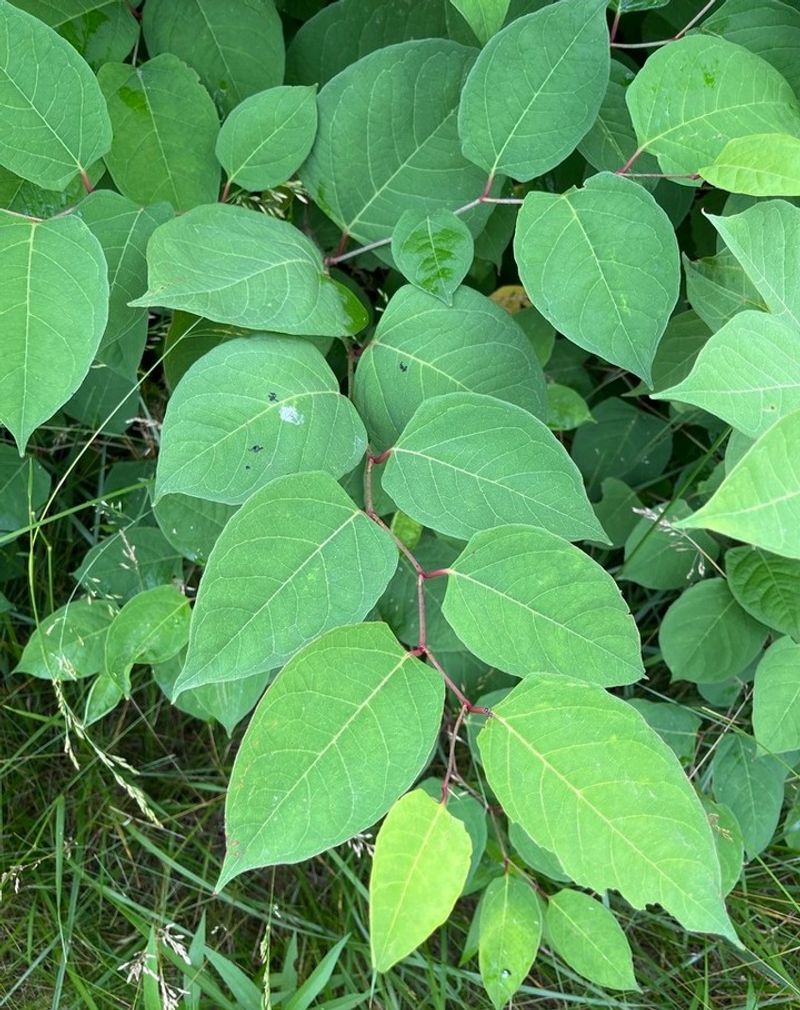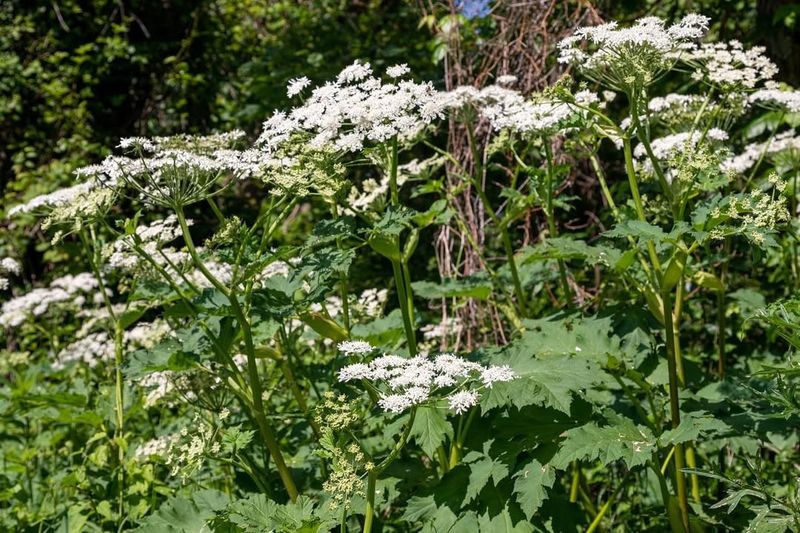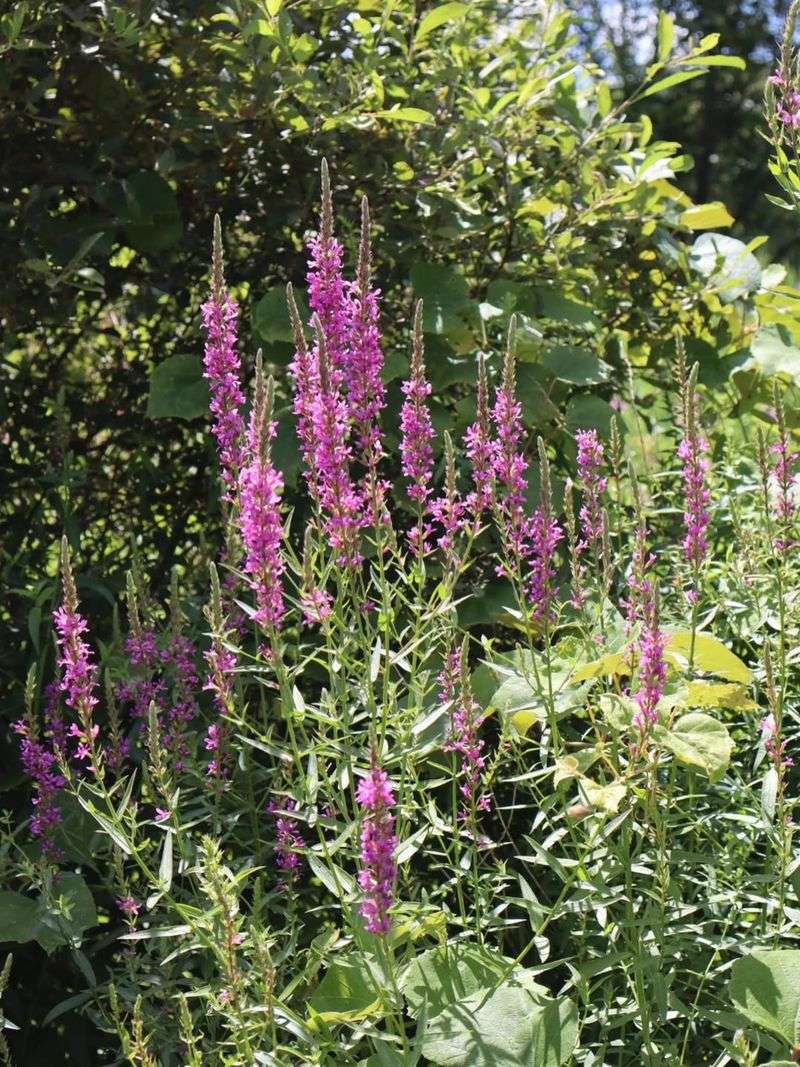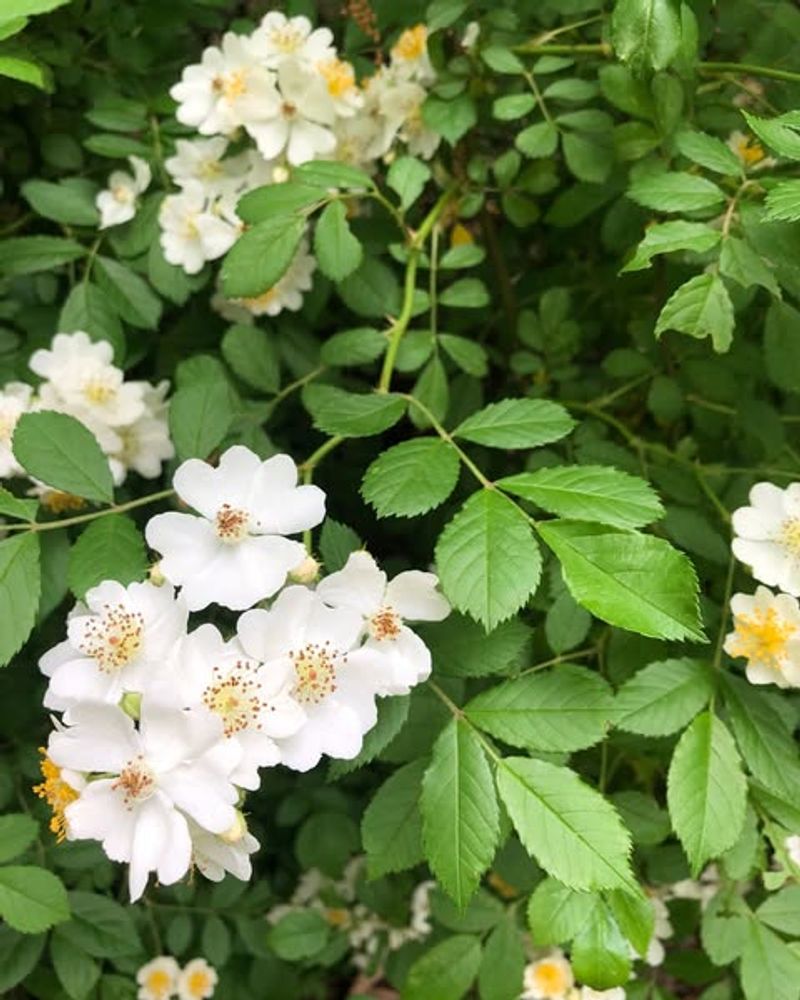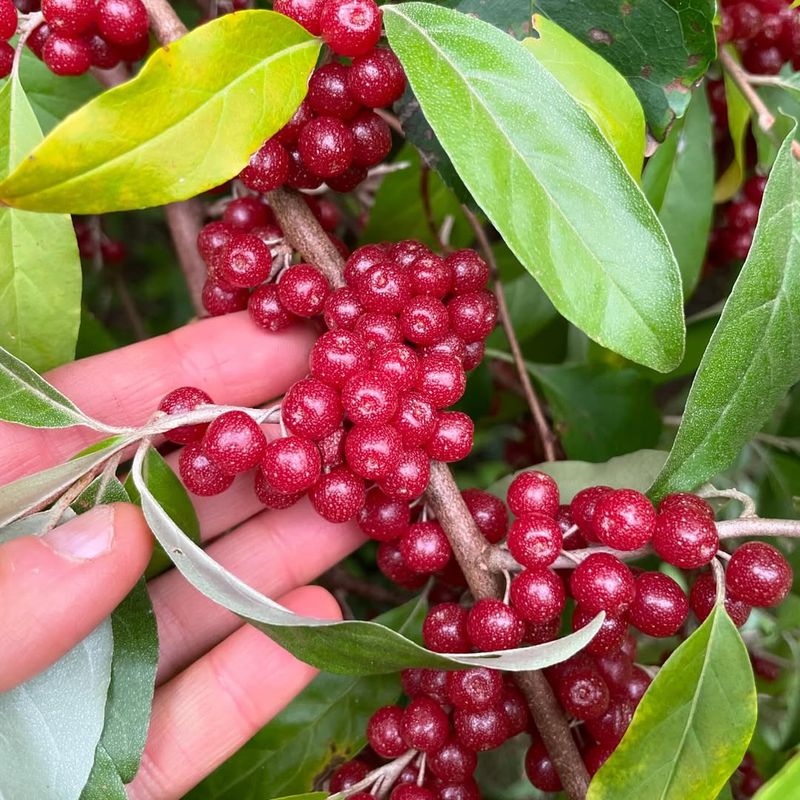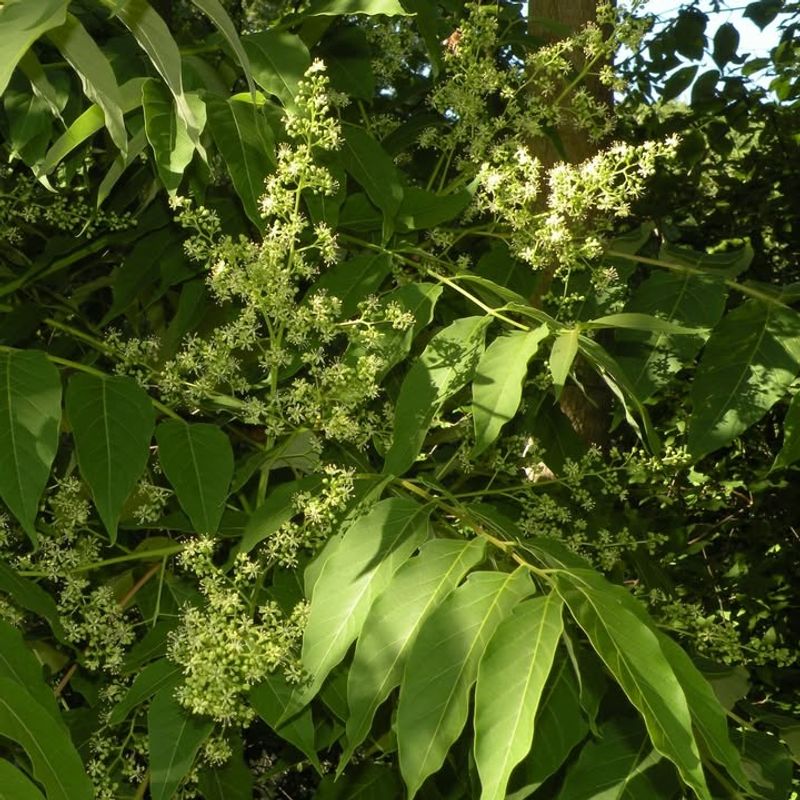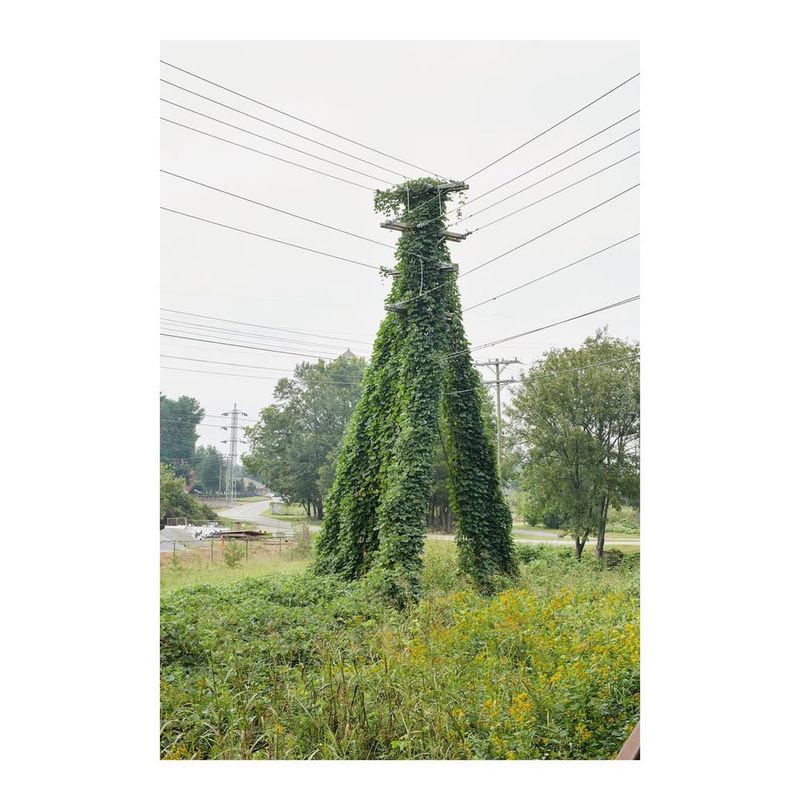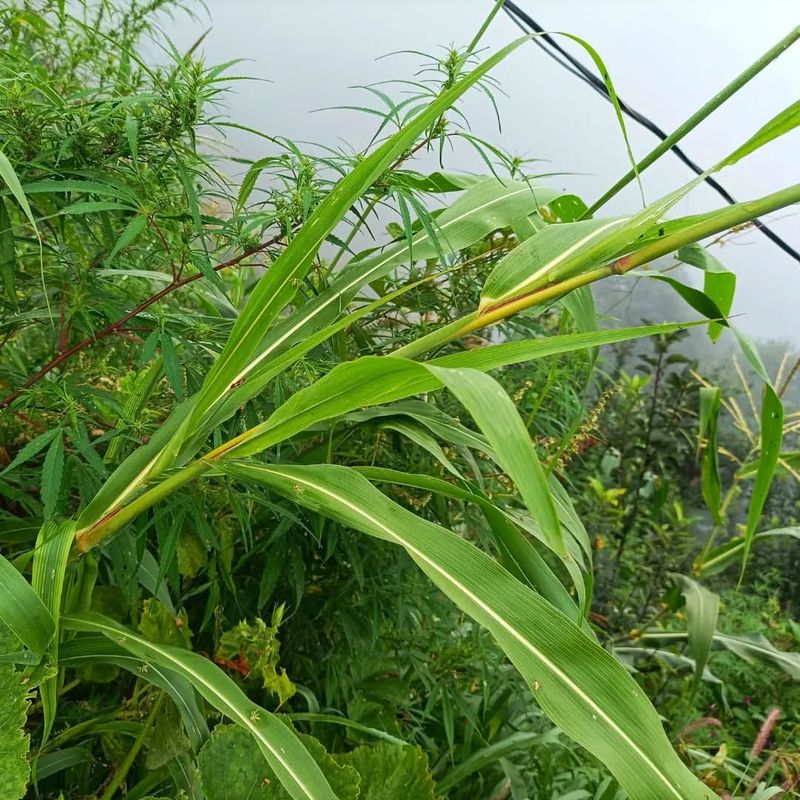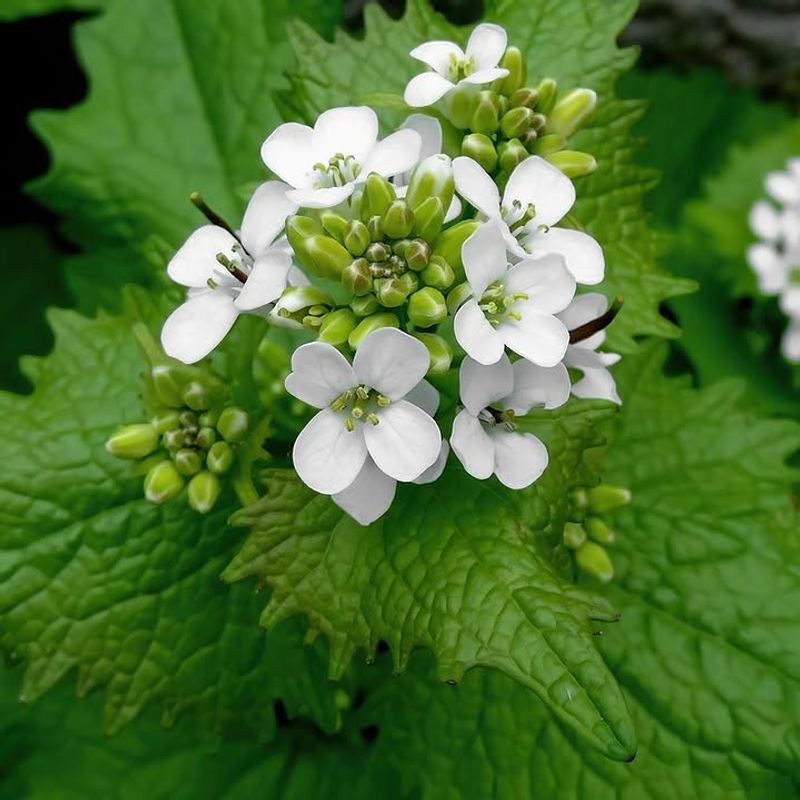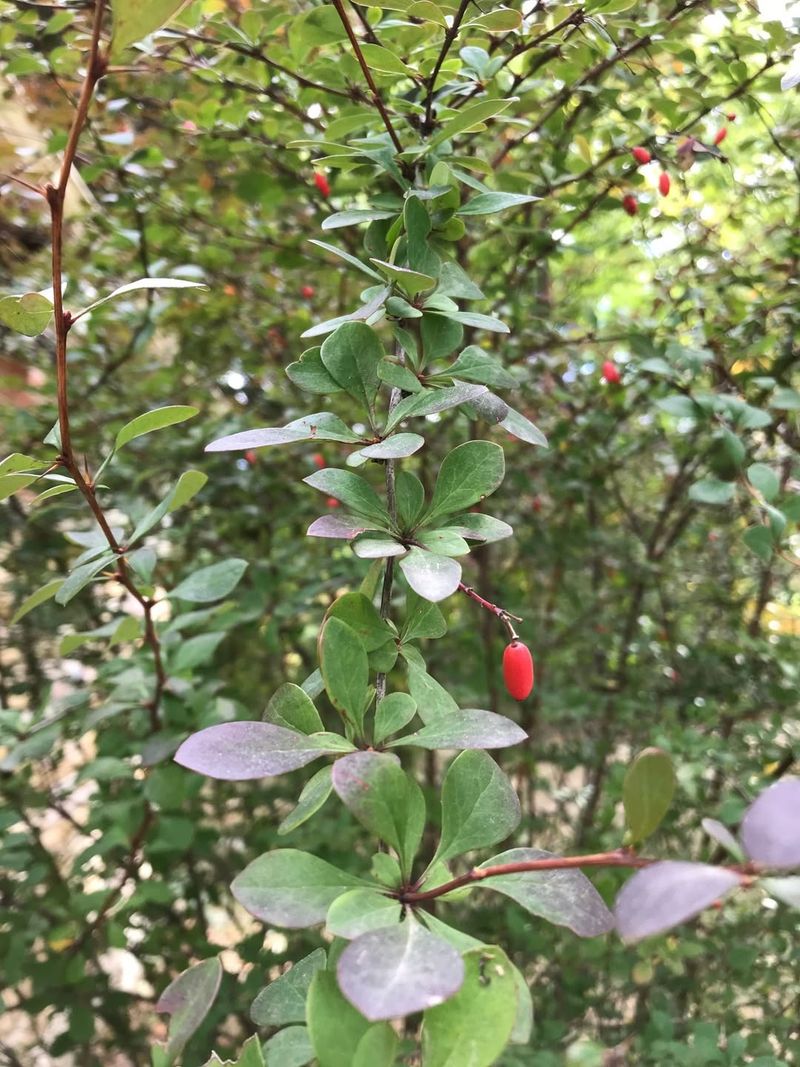Roots run deep in Pennsylvania, and some plants spark trouble the moment they cross new soil. Touch these outlaw species, and you’re playing with fire.
Before you bite off more than you can chew, take a look at the leafy offenders that can turn a simple move into a hornet’s nest of legal woes.
1. Japanese Knotweed
Bamboo-like stems and rapid growth make Japanese Knotweed a nightmare for Pennsylvania property owners. Once established, its roots can break through concrete foundations and pavement, causing thousands of dollars in structural damage.
A single fragment can sprout into a new colony, spreading uncontrollably across yards and wild areas. Pennsylvania law prohibits moving this plant because it outcompetes native vegetation and costs millions annually in control efforts. If you spot it on your property, contact local agricultural extension offices for proper removal guidance instead of attempting relocation.
2. Giant Hogweed
Towering up to fifteen feet tall, Giant Hogweed looks impressive but hides a dangerous secret. Its sap contains toxic chemicals that cause severe skin burns and blistering when exposed to sunlight, landing victims in emergency rooms.
Children often mistake the plant for a fun hiding spot, making it especially hazardous near playgrounds and parks. Pennsylvania strictly bans relocating Giant Hogweed to prevent its spread and protect public health. Always wear protective clothing if you must be near it, and never let kids touch or play around these towering invaders.
3. Purple Loosestrife
Stunning purple flower spikes might fool you into thinking this wetland invader belongs in Pennsylvania gardens. Each plant produces millions of seeds annually, choking out cattails, sedges, and other native wetland species that wildlife depends on for food and shelter.
Ducks, fish, and amphibians suffer when Purple Loosestrife takes over their habitats, disrupting entire ecosystems. Moving this plant violates state regulations designed to preserve Pennsylvania’s precious wetlands and waterways. Gardeners seeking purple blooms should choose native alternatives like ironweed or blazing star instead of risking environmental harm.
4. Multiflora Rose
Originally promoted for erosion control and livestock fencing, Multiflora Rose turned into one of Pennsylvania’s most aggressive invaders. Sharp thorns create impenetrable thickets that block hiking trails, overrun pastures, and crowd out berry-producing shrubs that feed birds and mammals.
Farmers lose valuable grazing land when this thorny menace spreads across fields and fence lines. Pennsylvania prohibits relocating Multiflora Rose to stop its expansion into new territories. Control requires persistent effort over several years, making prevention through strict movement restrictions the most effective management strategy available.
5. Mile-a-Minute Vine
Living up to its speedy name, this vine grows six inches daily during peak season, smothering everything in its path. Tiny recurved thorns along the stems help it climb over trees, shrubs, and fences with alarming efficiency.
Young forests suffer most when Mile-a-Minute blankets saplings and prevents sunlight from reaching developing trees. Pennsylvania bans moving this aggressive climber to protect forestry operations and natural woodlands from devastation. Biological control using specialized weevils shows promise, but preventing spread through relocation restrictions remains crucial for containing existing infestations and protecting unaffected areas.
6. Autumn Olive
Silver-backed leaves and abundant red berries make Autumn Olive attractive to birds, which unfortunately spread seeds far and wide. Nitrogen-fixing roots give it an unfair advantage over native shrubs, allowing rapid colonization of disturbed areas, old fields, and forest edges.
Wildlife managers worry because the berries provide poor nutrition compared to native fruit, essentially offering birds junk food instead of healthy meals. Pennsylvania restricts moving Autumn Olive to prevent further ecosystem disruption and preserve habitat quality for native species. Property owners should remove existing plants and choose native alternatives like serviceberry or elderberry.
7. Tree Of Heaven
Fast growth and tolerance for poor soil made Tree of Heaven popular for urban planting decades ago, but that decision now haunts Pennsylvania landscapes. Roots produce chemicals that poison surrounding plants, creating barren zones where nothing else survives.
The tree also serves as the preferred host for spotted lanternfly, an invasive pest devastating Pennsylvania’s agriculture and forestry industries. State regulations prohibit relocating Tree of Heaven to slow spotted lanternfly spread and reduce its impact. Removing these trees requires careful technique because cutting them often triggers aggressive root sprouting that worsens infestations.
8. Kudzu Vine
Southern states know Kudzu as the vine that ate the South, and Pennsylvania wants to avoid that fate. Growing up to a foot per day in ideal conditions, Kudzu smothers entire forests, buildings, and utility lines under a blanket of leaves.
Weight from the vines topples trees and collapses structures, while blocked sunlight destroys everything underneath. Pennsylvania strictly prohibits moving Kudzu to prevent establishment of new populations that would be nearly impossible to eradicate. Early detection and rapid response remain the best defense, making movement restrictions absolutely critical for protecting the state from this relentless invader.
9. Johnson Grass
Farmers consider Johnson Grass public enemy number one because it reduces crop yields and contaminates hay with toxic compounds. Deep rhizomes spread underground, making eradication extremely difficult once established in agricultural fields.
During drought or frost, the grass produces cyanide compounds that poison livestock grazing on affected pastures. Pennsylvania bans relocating Johnson Grass to protect agricultural productivity and animal safety across the state. Equipment cleaning between fields becomes essential since tiny rhizome fragments stuck to machinery can start new infestations miles away from the original source, spreading problems across entire regions.
10. Garlic Mustard
Crushing the leaves releases a distinctive garlic odor that gives this forest invader its name. Garlic Mustard produces chemicals that destroy beneficial soil fungi, disrupting nutrient networks that native wildflowers and trees depend on for survival.
Spring wildflower displays vanish when Garlic Mustard carpets forest floors, eliminating food sources for specialized insects and pollinators. Pennsylvania restricts relocating this biennial invader to protect woodland ecosystems and preserve biodiversity. Hand-pulling before seed production offers the most effective control for small infestations, but timing matters since plants produce thousands of seeds that remain viable for years.
11. Japanese Barberry
Landscape designers once loved Japanese Barberry for its deer resistance and colorful foliage, but those traits created unintended consequences. Dense thickets provide perfect habitat for blacklegged ticks that carry Lyme disease, increasing human health risks.
Deer avoid eating the thorny shrubs, allowing unchecked spread through forests and parks where native understory plants disappear. Pennsylvania prohibits moving Japanese Barberry to reduce Lyme disease transmission and protect forest health. Homeowners should replace existing plants with native alternatives like winterberry holly or sweet pepperbush that provide similar landscape interest without ecological harm or disease concerns.

